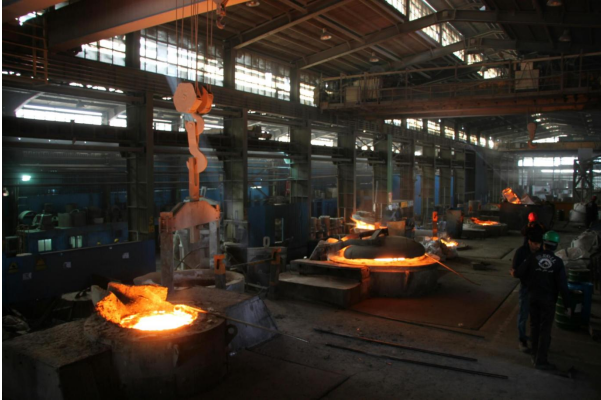
Did you know that the global stainless steel casting market is projected to grow to $34.7 billion by 2035? This reflects the rising demand for strong, precise metal parts across industries.
Stainless steel investment castings are vital for their strength and versatility. They’re produced using a precise process called investment casting. This method allows the creation of complex parts with excellent accuracy.
Many industries now see the value of this advanced manufacturing technique. In this article, we explore the key applications and advantages of stainless steel investment castings. Keep reading to learn more.
What Are Stainless Steel Investment Castings?
Manufacturers create stainless steel investment castings using a process called lost-wax casting. They carefully coat a wax model with a ceramic material. After the coating hardens, it forms a strong mold for casting.
They then melt away the wax, leaving a hollow cavity for molten stainless steel. This process enables them to make parts with intricate shapes and fine details. Many industries use it because it delivers high precision and smooth finishes.
Applications Across Key Industries
Stainless steel investment castings are utilized in a diverse range of sectors. Some of the primary industries include:
Aerospace
The aerospace industry needs parts that can handle extreme conditions. Investment castings offer the strength these parts require. They also provide lightweight properties ideal for flight applications.
Automotive
The automotive industry uses castings in engines, exhausts, and key parts. These castings ensure strong performance and long-lasting durability. They also help improve efficiency and reliability in vehicles.
Medical Devices
In the medical field, precision is essential. Investment casting creates components that meet strict hygiene standards. These parts also deliver excellent functionality and reliability.
Oil and Gas
The oil and gas industry needs parts that resist corrosion and heat. Stainless steel investment castings meet these demanding conditions. They ensure reliability in drilling and extraction operations.
Industrial Machinery
Industrial machinery demands parts built for heavy-duty use. Investment castings provide the needed strength and durability. They ensure reliable performance in tough environments.
Benefits of Using Stainless Steel Investment Castings
The advantages of stainless steel investment castings extend beyond their applications. Here are some key benefits:
Precision Casting
Investment castings offer excellent precision for detailed parts. They achieve tight tolerances with remarkable consistency. The result is components with smooth finishes and accurate designs.
Material Efficiency
Efficient material use is vital in manufacturing. Investment casting reduces waste by using only what is needed. This makes the process more sustainable than traditional methods.
Versatility of Designs
This technique supports a wide range of designs. It works well for producing intricate and detailed shapes. Manufacturers use it to create parts that other methods can’t easily achieve.
Strength and Corrosion Resistance
Stainless steel provides excellent mechanical strength and durability. It helps cast parts perform well in harsh environments. Its corrosion resistance ensures long-lasting and reliable performance.
Partnerships with specialized foundries, such as a PH stainless foundry, are becoming more valuable. These collaborations give companies access to advanced skills and top-quality materials. They also help produce superior and consistent products.
Unlocking Potential with Stainless Steel Investment Castings
Stainless steel investment castings are valuable in many industries. They combine precision, efficiency, and design flexibility. As technology grows, their role in manufacturing will continue to expand.
Businesses can gain a strong advantage by using stainless steel investment castings. These castings help improve production quality and performance. Exploring investment casting options today ensures success in a competitive market.
If you’d like to learn more, check out more articles on our blog.
